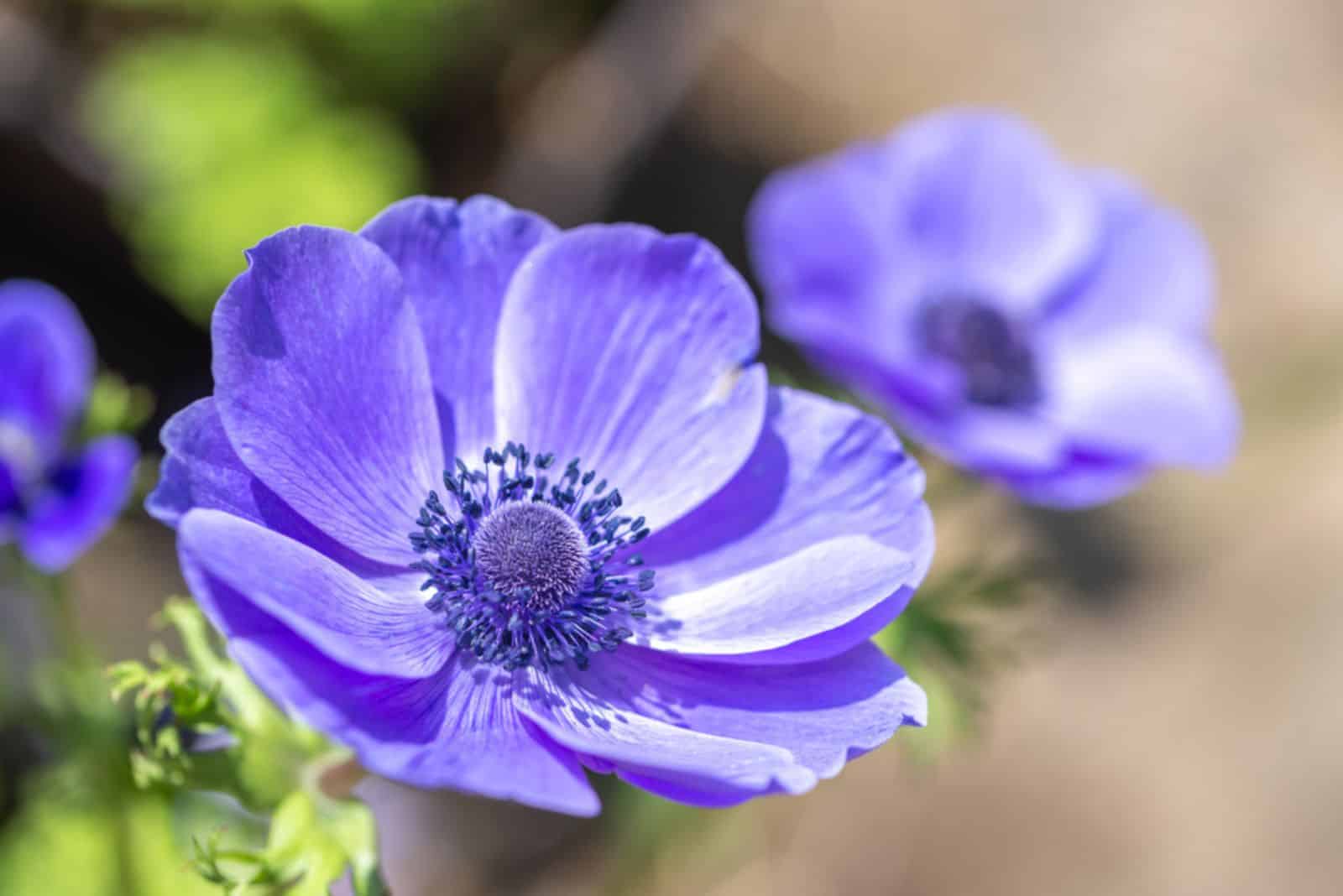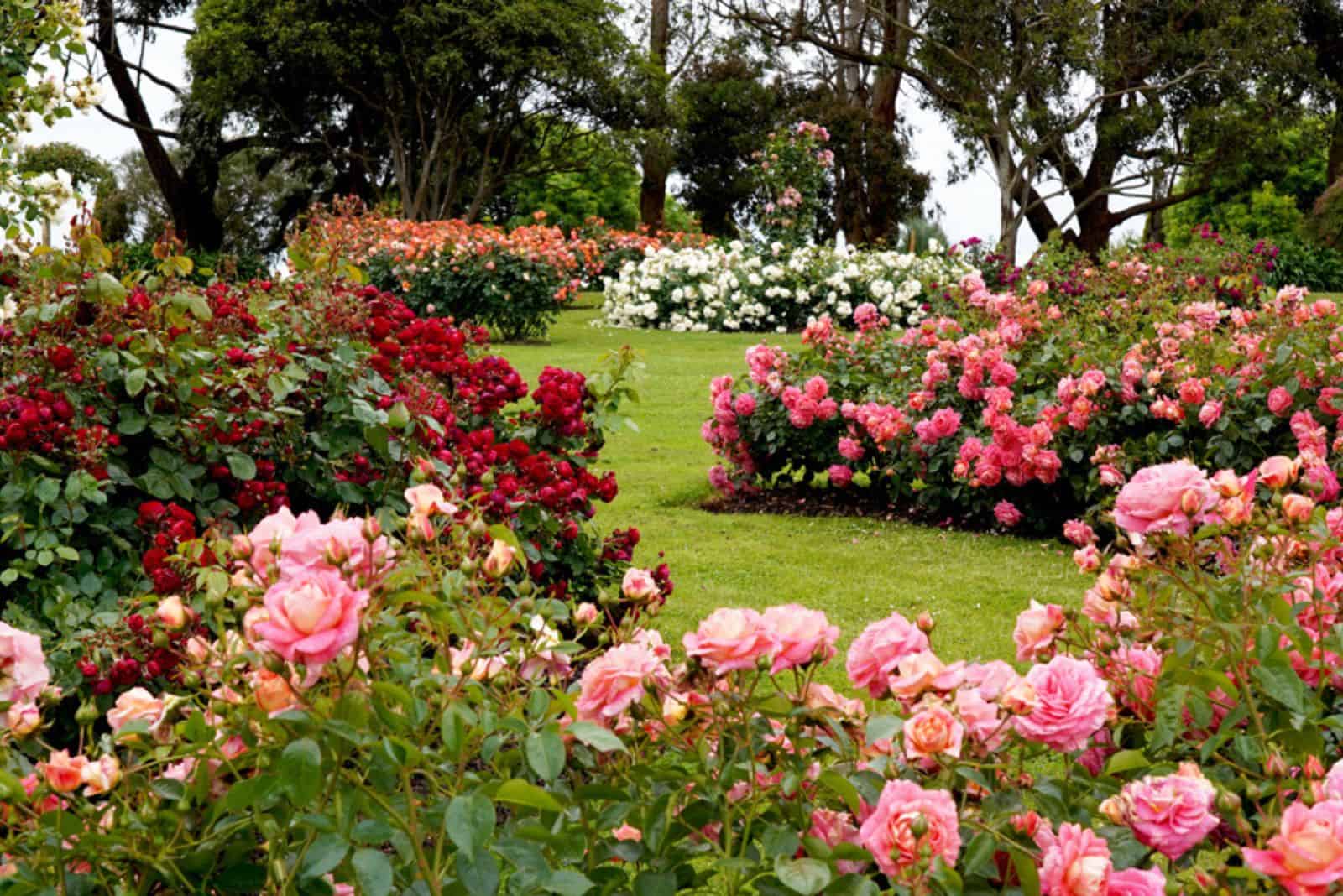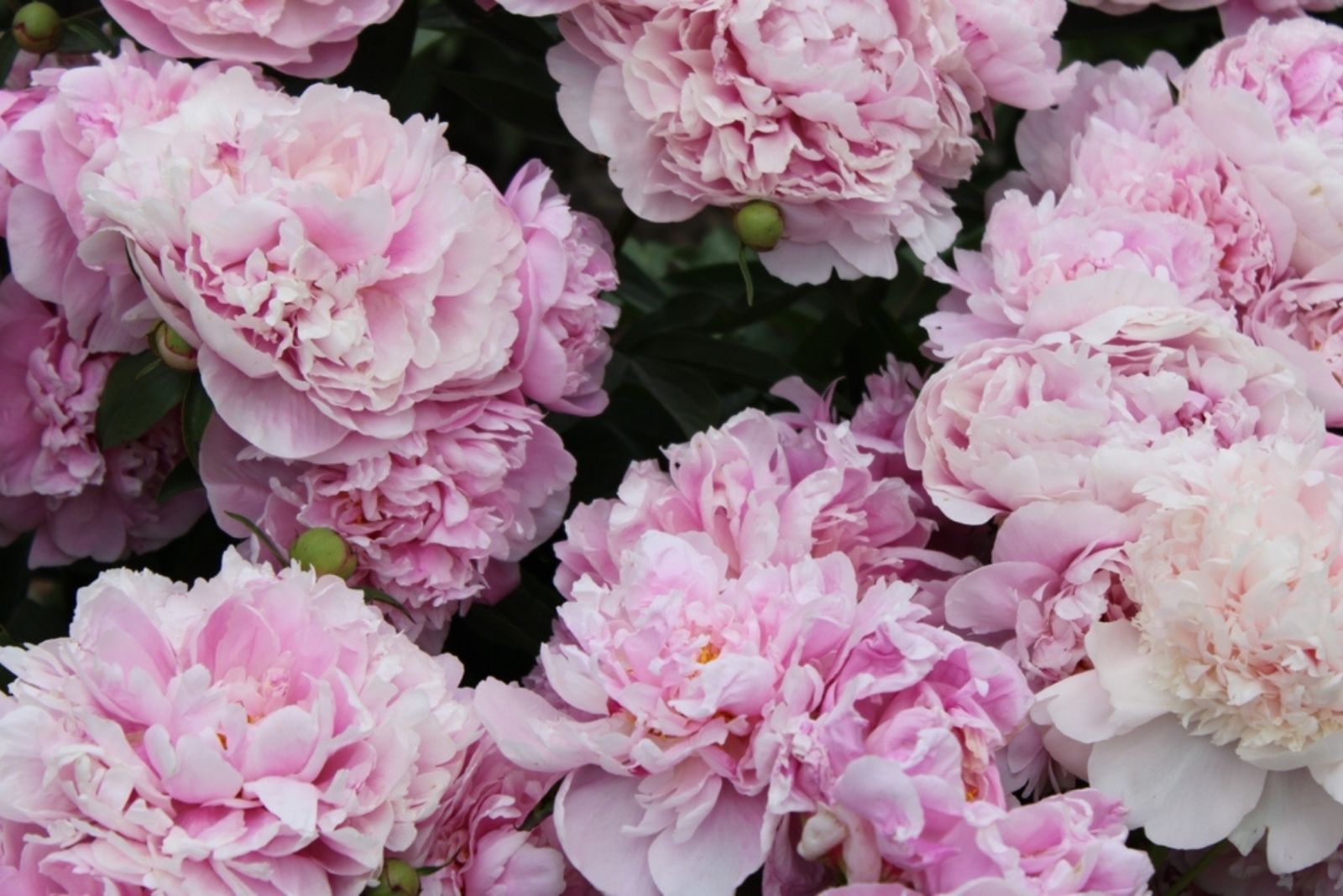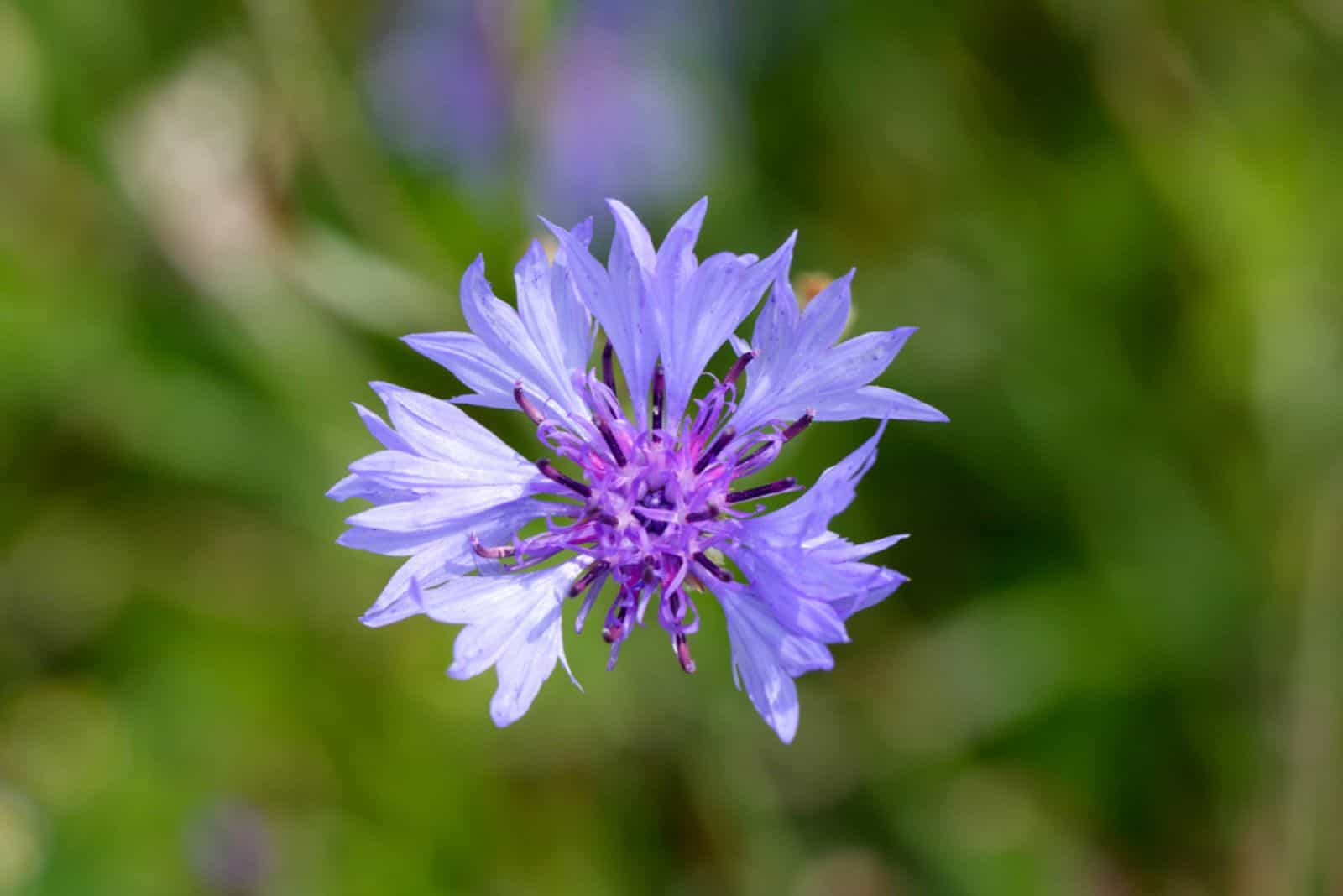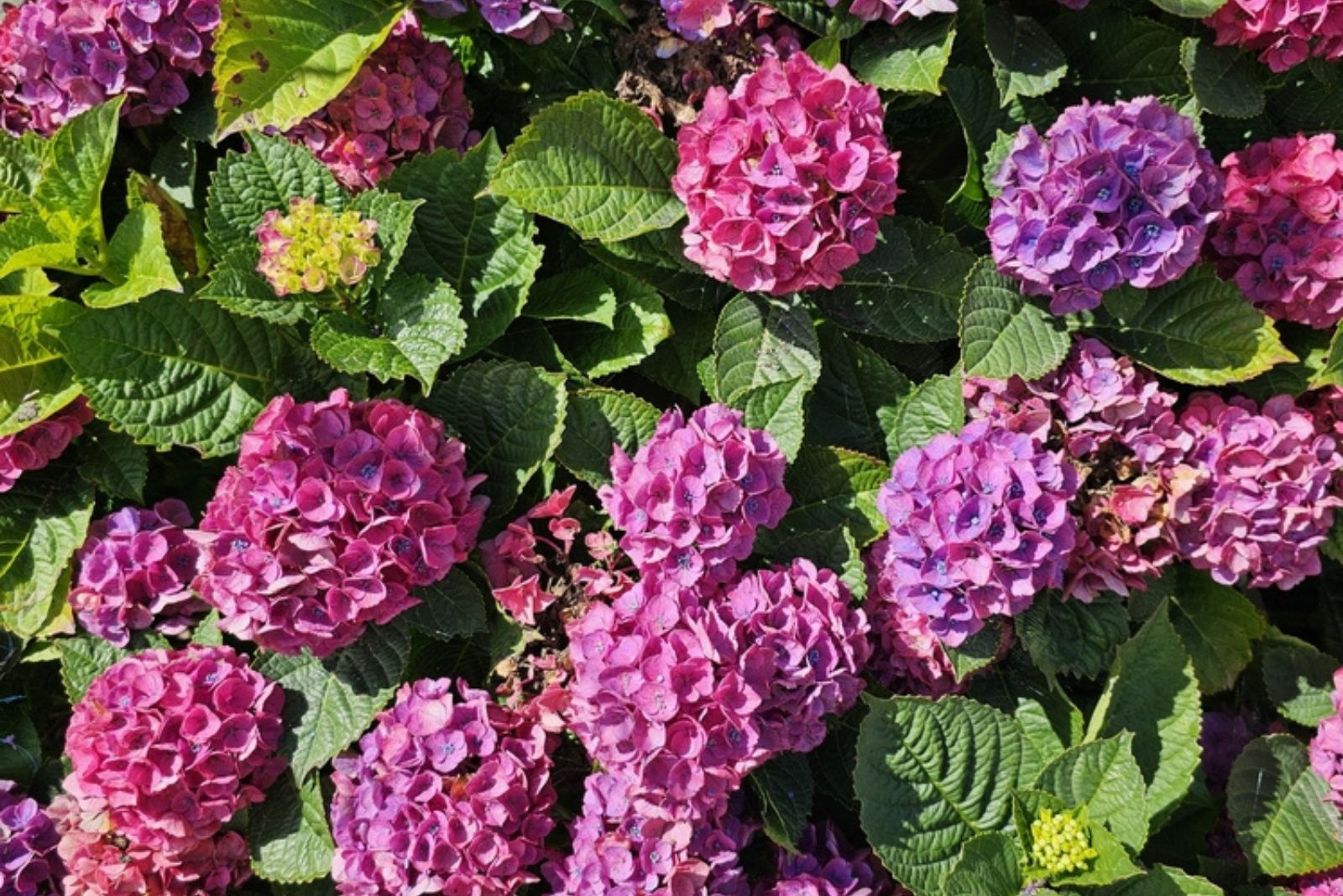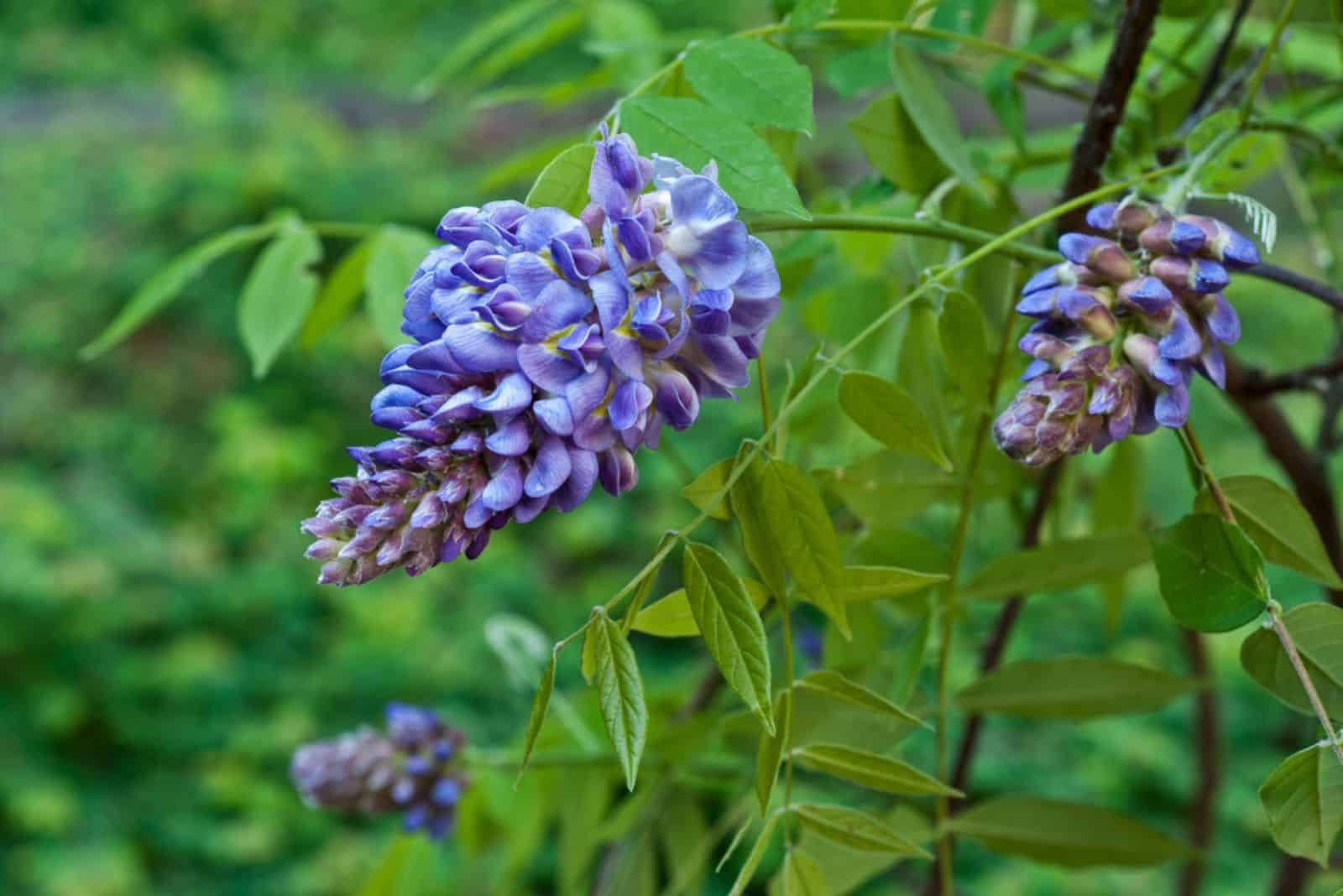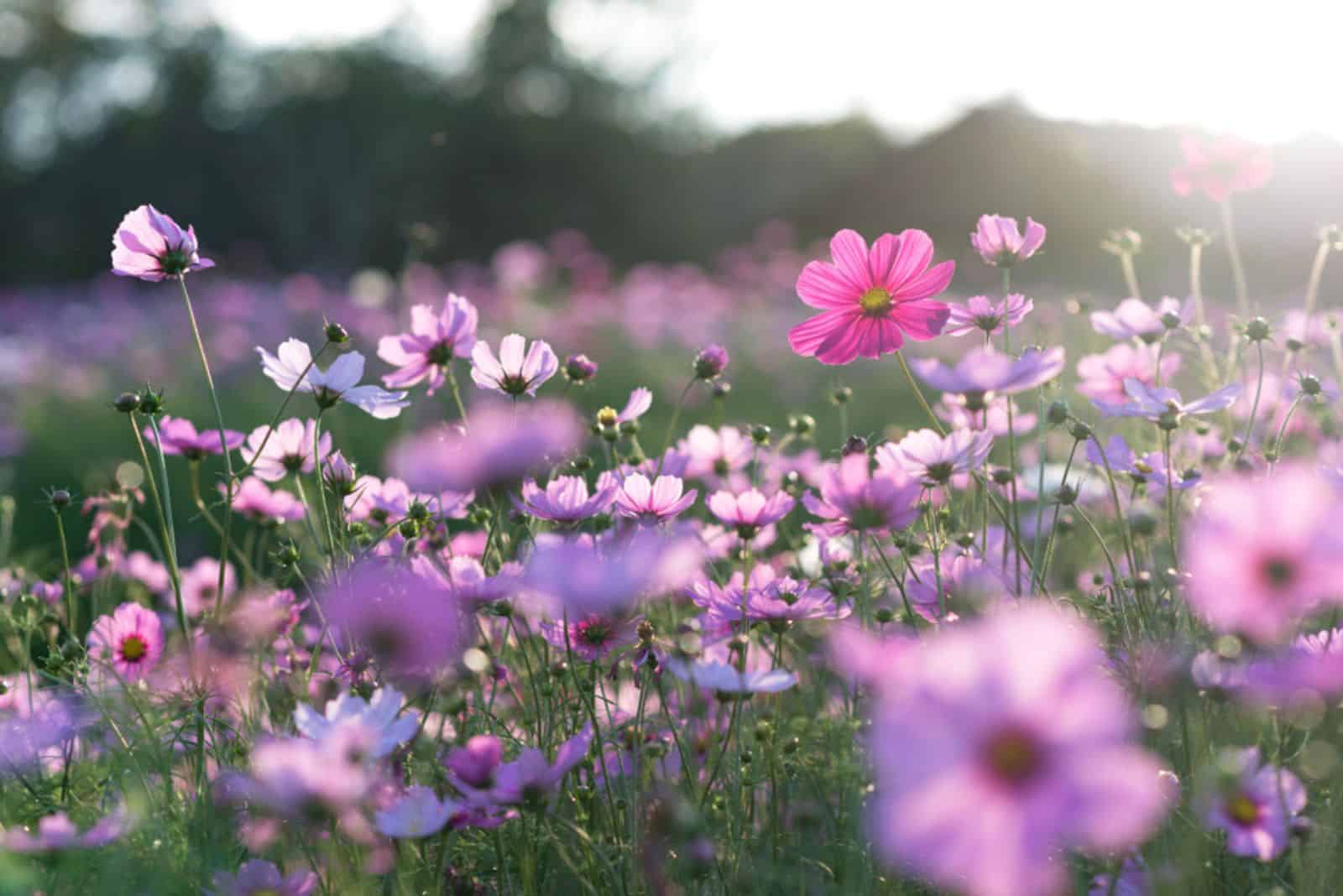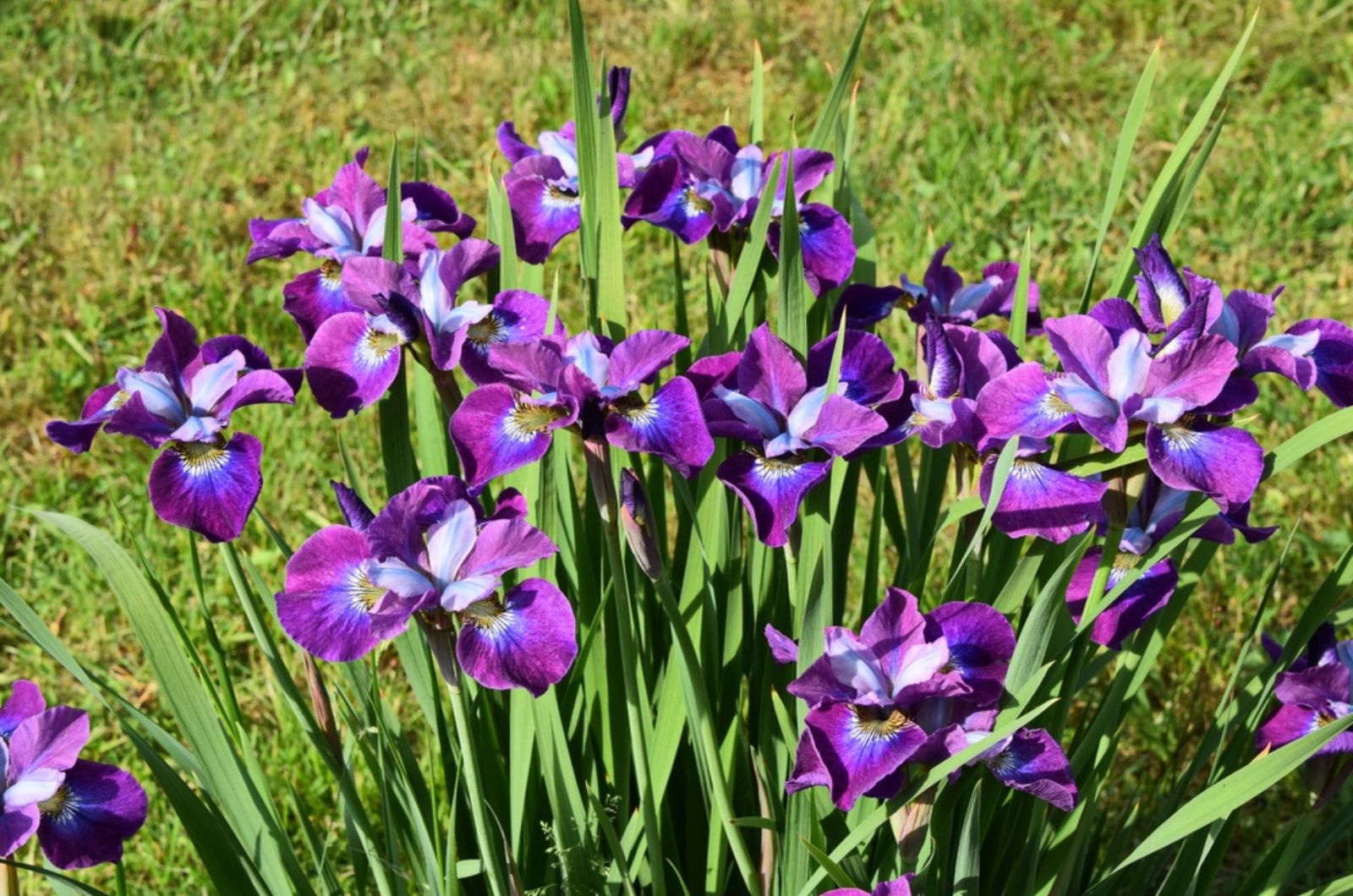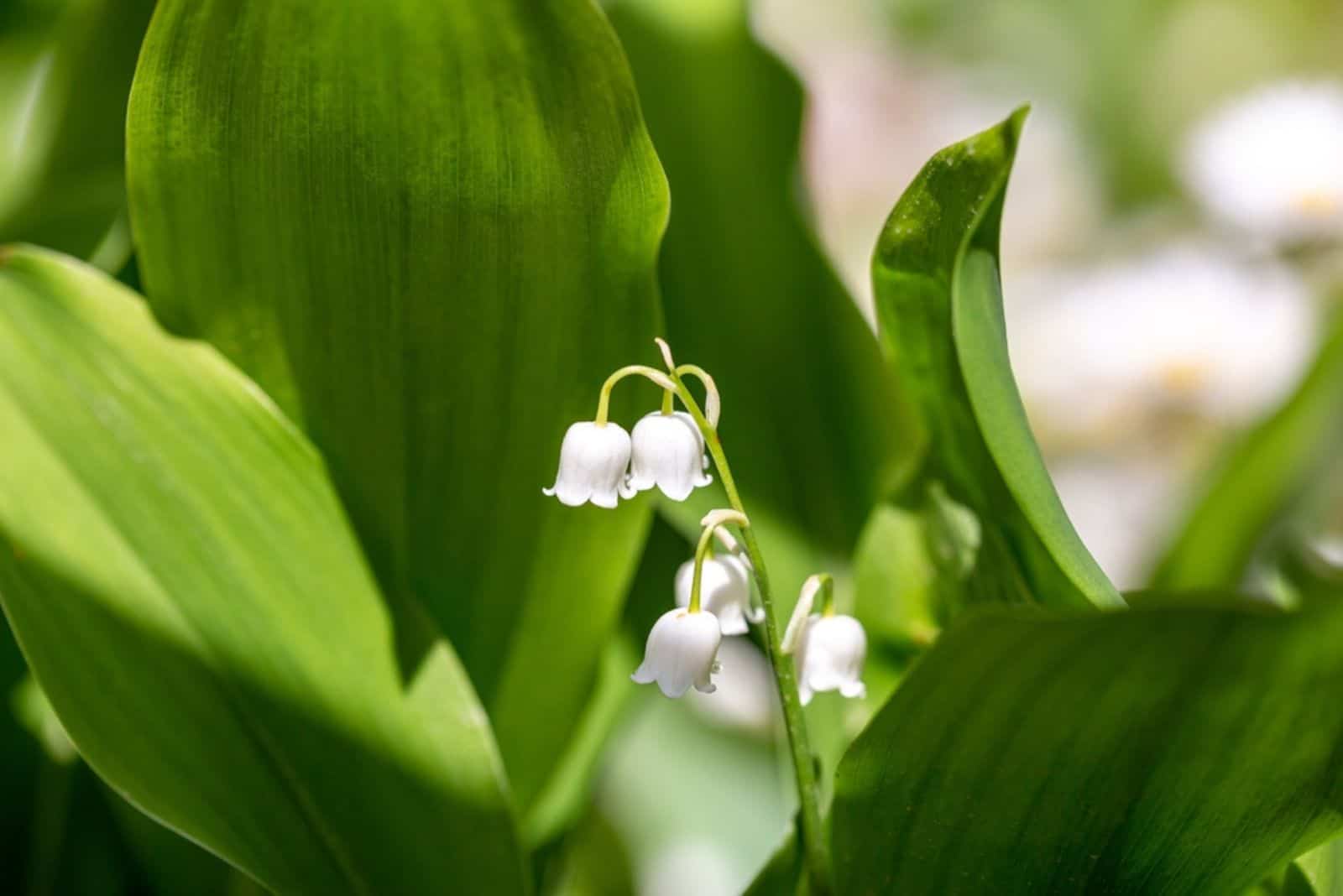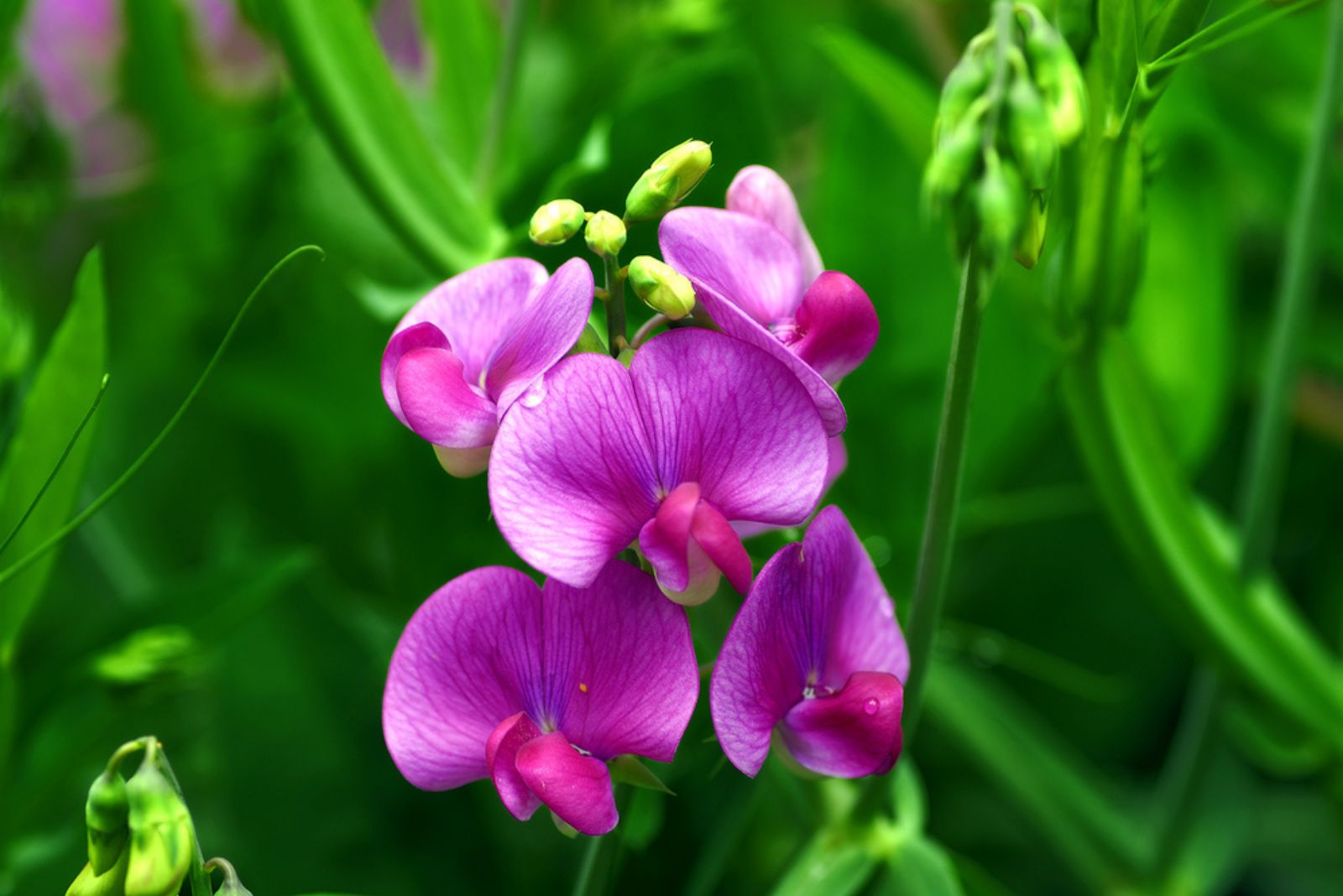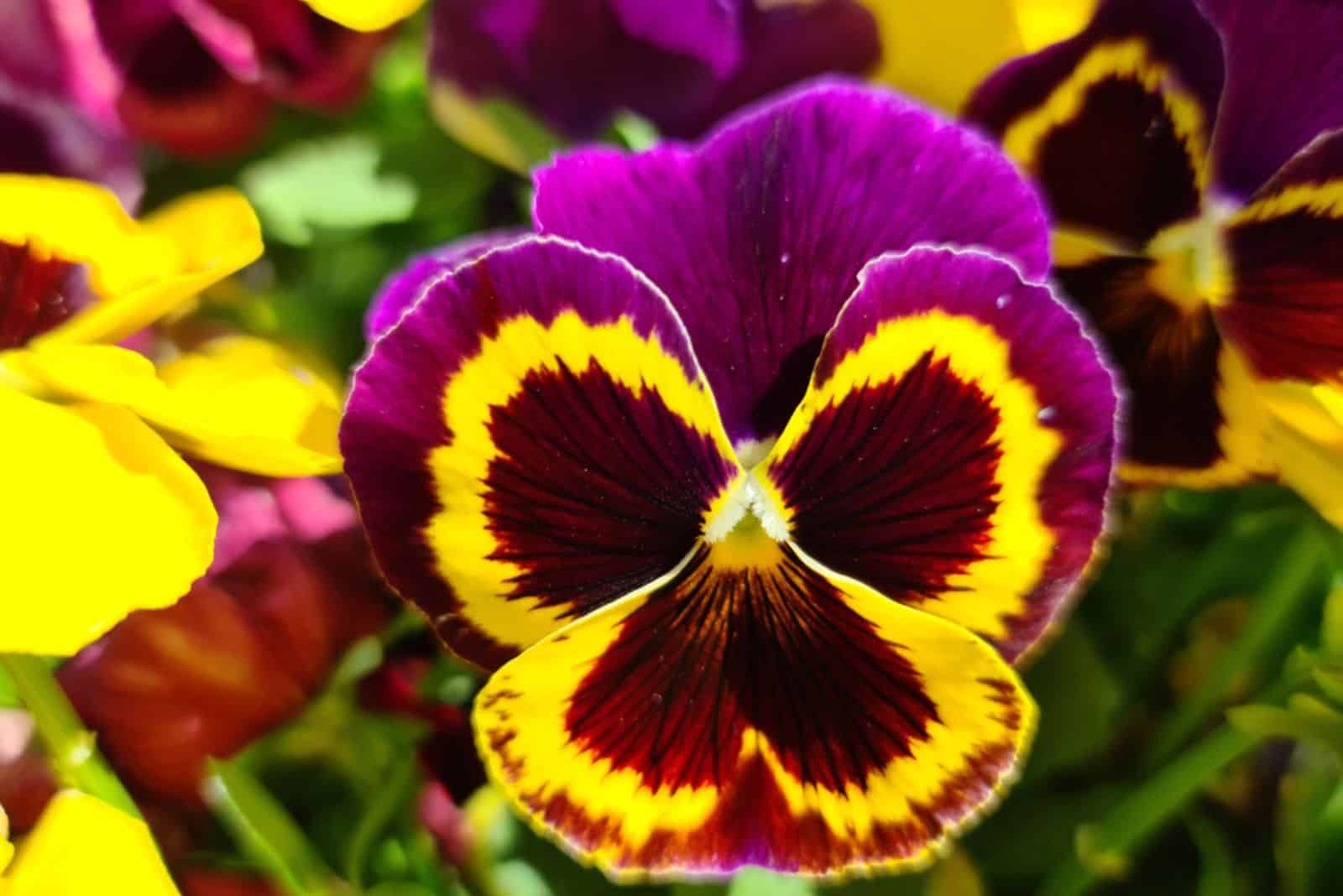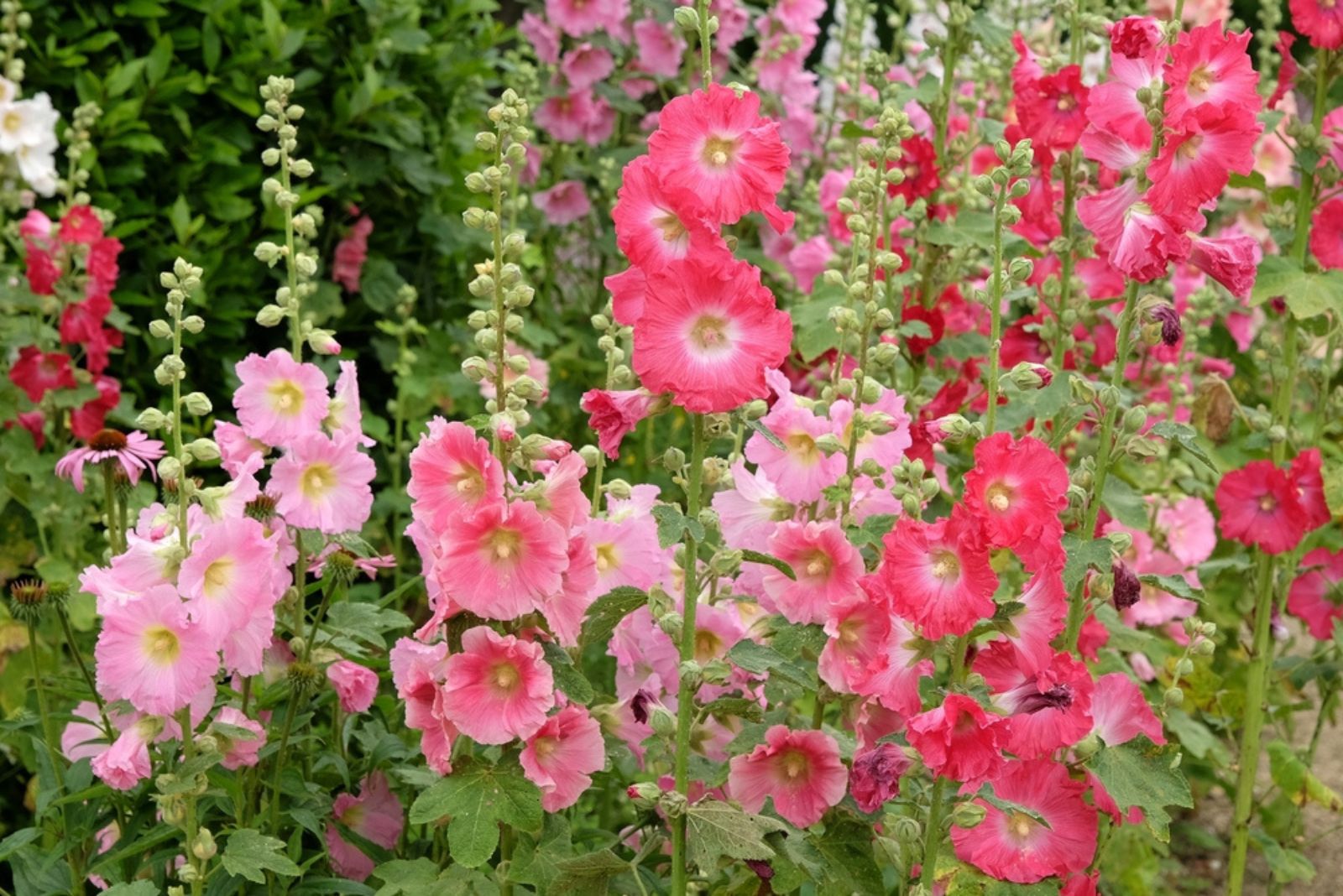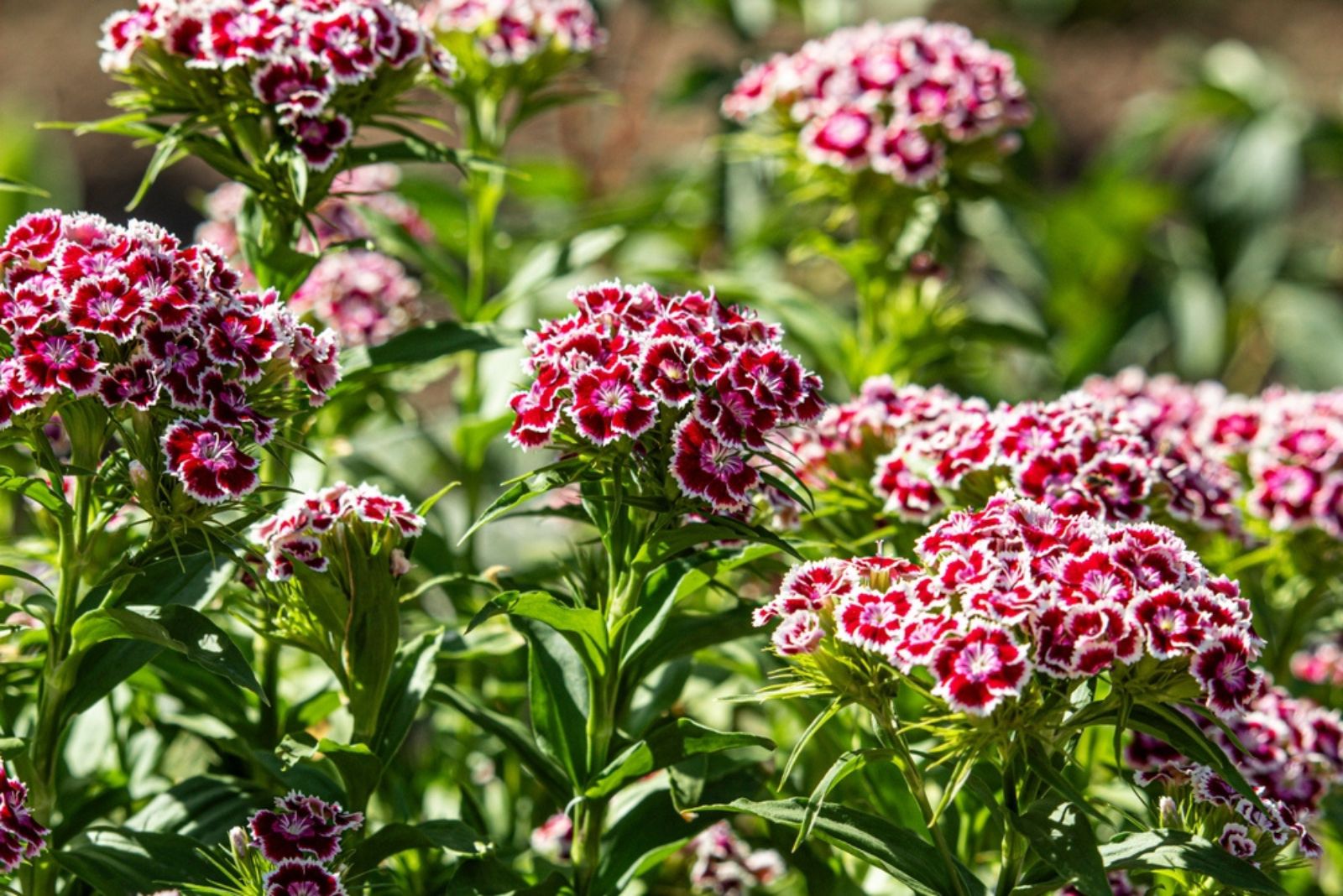I enjoyed spending time with my granny especially when we were in her garden. I can say that it was definitely an inspiration for me to start with gardening.
She didn’t arrange her plants in any particular design but everything looked breathtaking. No one denies the beauty of modern architecture and modern garden designs but there’s simply something about those old gardens.
If you feel nostalgic or love everything vintage, here are 14 old-fashioned flowers that will add a touch of timeless beauty to your garden!
1. Rose
There are so many rose species out there and they all look stunning. It’s pretty hard to imagine an old garden without at least one rose variety in it.
Growing roses may be challenging, especially for novice gardeners, but it’s worth every second you spend caring for these splendid plants.
You can choose between shrub, trailing, or climbing roses, and you won’t be wrong no matter which one you select.
Even though there are many meanings of roses, the one that’s generally accepted is love.
You can use these flowering plants as a focal point or for borders and trellises.
2. Peony
The large, fragrant, full blossoms of peonies have guaranteed this plant a spot in every garden for hundreds of years.
The flowering season of peonies doesn’t last long. However, you’ll have an abundance of pink, white, or red blossoms all at once, which I believe is more than enough.
These easy-to-grow plants do best in USDA hardiness zones 2 through 8 and you must plant them where they can receive a lot of full sun.
My grandmother used to stake her peonies because it’s not uncommon for these plants to flatten during the rain.
Peonies are perennial plants that make an excellent addition to cottage gardens and are perfect plants for borders.
3. Bachelor’s Button
Nothing screams vintage more than Bachelor’s button blossoms. These plants are also referred to as Cornflowers and have been cultivated in American and European gardens for hundreds of years.
If you don’t have any gardening experience, you can still have thriving Bachelor’s button plants because they are super easy to maintain.
I adore blue flowers and the Cornflower is definitely among my faves. But, these plants come in other colors, such as pink, white, and red.
Cornflower blossoms look absolutely gorgeous in flower arrangements and will fit best into rocky garden designs.
When looking for a spot for your Bachelor’s button plant, make sure it receives full sun and the soil is free-draining and porous.
4. Hydrangea
Large bulbous hydrangea heads feature a lot of small blossoms, giving these plants a royal appearance. They do have a reputation as high-maintenance plants, but the way they look during the flowering season makes us forget about all the fuss.
Whichever hydrangea type you choose, you’ll have the prettiest garden that will leave all passersby green with envy.
These captivating plants thrive in USDA zones 3 through 9, depending on the cultivar.
Blossoms come in white, pink, purple, and blue, and, interestingly, the color may change based on the soil pH.
Make sure you don’t keep these plants in full sun, especially during the hot summer months.
This old-fashioned flower demands regular pruning, so prepare a pair of pruners as soon as you plant your hydrangeas.
5. Wisteria
Wisteria is another old-fashioned plant and if you could travel back in time, you would see it in almost every garden.
This woody perennial generates lavender blossoms that grow in clusters and resemble grapes. Once you see wisterias, you can’t resist adding them to your garden.
But, there’s one catch. Non-native wisterias are invasive (1), so if you want to grow these plants, you should look for native varieties, such as American or Kentucky wisteria.
The woody branches of wisteria become pretty heavy and could quickly break a lightweight support structure. So, if you decide on these plants, you should ensure steady support.
For me, these old-fashioned flowers look best when attached to trellises.
6. Anemone
If you haven’t heard of Anemones, maybe the name windflower rings a bell. The poppy-like blossoms of Anemone plants have adorned gardens for centuries.
These herbaceous perennials do best in USDA zones 3 through 10, depending on the variety. Windflowers typically don’t exceed 4 feet but I highly recommend adding them to borders because they repel deer and other wildlife.
If you’re an impatient gardener, this fast-growing flowering plant is the perfect choice.
Windflowers perfectly combine with tulips and daffodils but also make an excellent addition to wooden garden areas.
7. Cosmos
Fern-like leaves and cheerful, daisy-like cosmos blossoms will bring a special touch of beauty to your garden.
This is a very popular flower not only because of its beauty but also because of its low care requirements.
It can tolerate poor soil types and survive in high temperatures. In extremely hot climates, you should ensure some shade for your cosmos to get an abundance of colorful blossoms.
Another great cosmos feature is that it’s a self-seeding plant, meaning that it will come back every year and you don’t need to re-seed.
8. Iris
Chances you’ll find more old-fashioned flowers than irises are low to zero. This flower is old in every sense of the word.
Believe it or not, images of this plant were found on the walls of architectural structures of the Minoan civilization, which dates back to the Bronze Age (2,000 years B.C.).
Irises have been cultivated for many purposes, such as medicinal, cosmetic, and ornamental. Nowadays, it’s mainly used for landscape designs because of its splendid large blooms that come in white, yellow, and bronze.
You can choose between the classic Bearded iris or the colorful Crested, Siberian, or Japanese iris.
9. Lily of the Valley
Lily of the Valley was definitely one of the favorite flowers of our grandmothers. Its delicate bell-shaped white blossoms rise above the captivating glossy green foliage, giving the plant an ethereal beauty.
Interestingly, this plant isn’t a ‘real lily’ but it’s probably named so due to resemblance in foliage.
When you look at this flower, you may think that its delicate appearance makes it an extremely sensitive plant. But, Lily of the Valley is everything but sensitive. This is actually a very hardy plant and can survive and spread even with a bit of neglect.
There are two other things that can surprise you when it comes to Lily of the Valley. First, this is an invasive plant (2), so you should be careful where you plant it and you need to monitor its growth.
The second thing is that this plant is poisonous not only to humans but also to pets (3), so if you have kids or furry friends, pay close attention to planting spots.
10. Sweet Pea
I’m a big fan of Victorian gardens and sweet pea is definitely the best plant if you want this design.
The scented blossoms of sweet peas come in white and various hues of purple and pink. They look breathtaking in floral arrangements and my grandma used to say, the more you pick, the more sweet pea blooms you’ll get.
This is definitely true; the deadheading technique works best on these plants.
11. Viola
If you’ve ever seen a meadow with violas, I’m sure you wanted some of these lovely plants in your garden.
These were the classics in old gardens, especially in warmer climates, because they can bloom even during winter.
Violas make unique ground cover plants and are frequently used to suppress weed growth. You can grow them in containers or use them for borders, woodland, or rocky gardens.
As an added bonus, viola plants will draw pollinators to your garden.
12. Hollyhock
If you want to add vertical interest to your garden, hollyhock will do an excellent job. This old-fashioned plant is renowned for its massive cup-shaped blossoms that come in various hues of purple, pink, and red.
Since these plants attract bees, they’re commonly cultivated as companions in veggie gardens.
You will also notice that many gardeners use hollyhock as a privacy plant for their balcony and I must say it’s a lovely choice.
13. Foxglove
When I see foxgloves in gardens I know that summer is here. They start blooming in June and will generate an abundance of blossoms when provided with optimal conditions.
A sunny spot and nutrient-rich, moist soil will ensure the healthy growth of your foxgloves.
It’s an excellent plant for pollinator gardens because it draws hummingbirds. At the same time, it will repel animals, such as deer and rabbits, so it’s a win-win situation.
14. Dianthus
The Dianthus genus comprises a wide variety of species but the ones that grew in our grandmas’ gardens are perennials.
These fast-growing plants bloom in spring but if you meet all their requirements, you can expect another set of blooms in fall.
Free-draining soil + full sun is the best recipe for a thriving dianthus plant.
You can use these gorgeous plants in rocky or alpine gardens, grow them in containers, or add them to your pollinator garden.
References
1. Wisteria – University of Florida, Institute of Food and Agricultural Sciences. (n.d.). https://gardeningsolutions.ifas.ufl.edu/care/weeds-and-invasive-plants/wisteria.html#:~:text=Wisteria%20is%20a%20perennial%20vine,others%20and%20even%20killing%20trees.
2. Convallaria majalis (Lily of the Valley, Lily-of-the-valley) | North Carolina Extension Gardener Plant Toolbox. (n.d.). https://plants.ces.ncsu.edu/plants/convallaria-majalis/
3. Guide to Poisonous Plants – College of Veterinary Medicine and Biomedical Sciences – Colorado State University. (n.d.). https://csuvth.colostate.edu/poisonous_plants/Plants/Details/123

